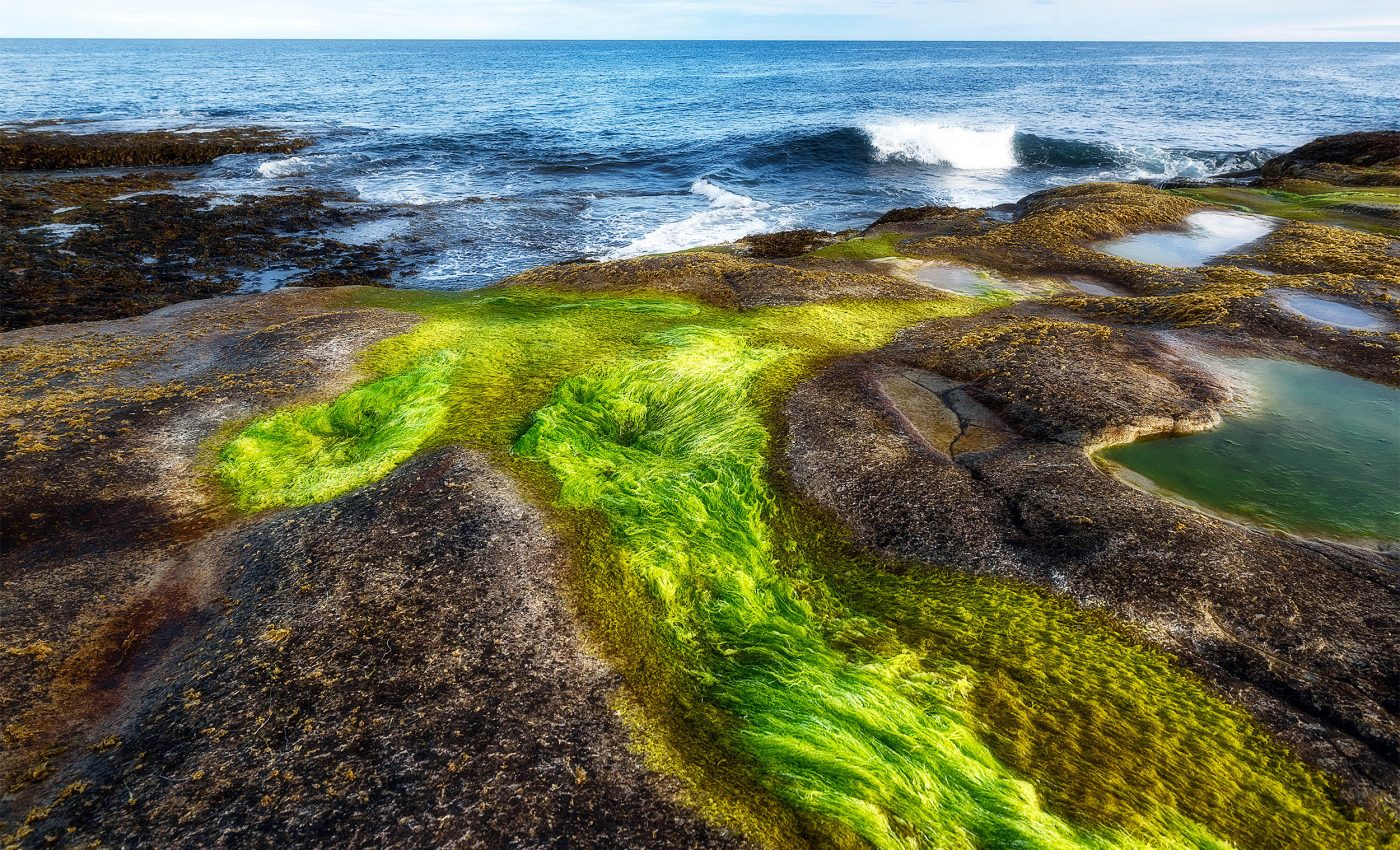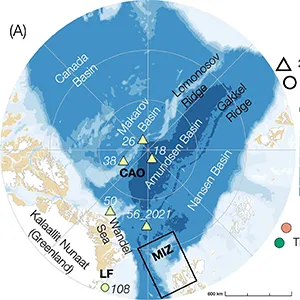
New phenomenon discovered in the Arctic could be a silver lining from disastrous ice melt
The Arctic Ocean is losing sea ice, and that is bad news for the climate. Yet a new paper reports a twist that adds nitrogen to these waters, which can feed algae that start the marine food chain.
Researchers measured a steady trickle of nitrogen fixation under sea ice and along the ice edge across 13 stations. The highest rates appeared where the ice was melting, a narrow zone that is growing as summers warm.
How nitrogen shapes Arctic life
In simple terms, nitrogen fixation, the conversion of nitrogen gas into plant ready ammonium, gives algae access to a nutrient that often runs short in the Arctic. When algae grow, zooplankton and fish follow.
Here the main players are diazotrophs, microbes that power the fixation step using special enzymes. In low latitude oceans, cyanobacteria typically dominate that role.
Lisa W. von Friesen of the University of Copenhagen led the work, steering a multinational team that sampled waters under sea ice and at the ice edge. The team found that non cyanobacterial groups did most of the fixing in these cold waters.
“We were wrong,” said von Friesen. The discovery pushes back on a long standing assumption that the under ice environment was too harsh for active fixation.
How scientists proved it
Scientists worked from two ice capable research vessels in 2021 and 2022. They sampled the marginal ice zone, the moving boundary where open water meets sea ice, and they also worked beneath multiyear ice, collecting water at the depth where chlorophyll peaks.
To pin down rates, they used stable isotope tracers that track the flow of nitrogen into particulate nitrogen.
They also profiled the nifH gene, a standard genetic marker for the fixation machinery, to identify which microbes were active.
Fixation was strongest at the melting ice edge and detectable under sea ice in the central Arctic.
That pattern points to a local link between ice edge blooms and non cyanobacterial diazotrophs that thrive on organic matter produced by algae.
Why Arctic nitrogen matters
The Arctic has warmed nearly four times faster than the globe since 1979, an analysis shows. As the seasonal ice belt expands in summer, the ice edge shifts, and light and stratification change where algae can flourish.
Pelagic primary production in the Arctic rose by about 57 percent between 1998 and 2018, a satellite based study found. That rise is tied to longer open water seasons and broader bloom windows.
Adding another source of nitrogen can further lift algae in nitrogen limited waters. The new measurements suggest that fixed nitrogen can supplement blooms near the ice edge and provide a slower background supply under lingering ice.
“For the climate and the environment, this is likely good news,” said Lasse Riemann, professor at the Department of Biology and senior author of the study.
This is due to a carbon angle. As algae grow, they take up CO2 and move some of that carbon into deeper waters.

Arctic microbes fixing nitrogen
Across stations, non cyanobacterial diazotrophs dominated the signal.
Some belong to Gammaproteobacteria that appear well adapted to cold, particle rich microhabitats. Others are Betaproteobacterial groups that may associate with larger plankton.
A key piece is dissolved organic carbon, easily used carbon compounds that leak from algae. In experiments, adding labile carbon sometimes boosted fixation, which fits the idea that heterotrophic fixers need an energy source.
Another ingredient is particulate organic matter, small particles such as cells and aggregates that create low oxygen niches.
Those micro zones can favor the enzymes that run fixation and can also host trace metals that support the reaction.
The team also detected fixation under ice covered waters, a pattern that mirrors findings around Antarctica where ice adjacent waters host active fixation, according to research. That parallel hints at polar rules that differ from the textbook low latitude picture.
What to watch next
Models of Arctic productivity should now include under ice and ice edge fixation as a time varying source of new nitrogen.
As summer ice retreats, the area favorable for this process will likely grow, and the timing of blooms may shift as well.
But complexity remains. Fixation rose where ice edge blooms were strongest, yet the percent of total nitrogen demand met by fixation stayed modest in many places. That is a reminder that multiple processes set the nutrient budget.
Better constraints on when and where non cyanobacterial fixers flourish will help reduce uncertainty. Mapping how deep chlorophyll maximum, a subsurface layer of peak algal pigment, lines up with fixation hot spots is one clear next step.
“If algae production increases, the Arctic Ocean will absorb more CO2 because more CO2 will be bound in algae biomass,” said Riemann.
Forecasts also need to track phosphorus and iron, which can limit fixation, and watch how organic carbon quality shifts with changing plankton communities.
The study is published in Communications Earth & Environment.
—–
Like what you read? Subscribe to our newsletter for engaging articles, exclusive content, and the latest updates.
Check us out on EarthSnap, a free app brought to you by Eric Ralls and Earth.com.
—–













